-
-
 Syfy announced today that Van Helsing has been picked up for a fifth and final season. The news, which comes three days ahead of its fourth-season finale, ensures that showrunners will have plenty …
Syfy announced today that Van Helsing has been picked up for a fifth and final season. The news, which comes three days ahead of its fourth-season finale, ensures that showrunners will have plenty … -
 It is being reported that CBS All Access has cancelled Strange Angel after two seasons. The move comes four months after the historical period drama aired its sophomore finale, which now acts as it…
It is being reported that CBS All Access has cancelled Strange Angel after two seasons. The move comes four months after the historical period drama aired its sophomore finale, which now acts as it… -
 It is being reported that Amazon has picked up Undone for a second season. The adult animated dramedy premiered in September with an eight-episode run that has garnered strong critical acclaim. …
It is being reported that Amazon has picked up Undone for a second season. The adult animated dramedy premiered in September with an eight-episode run that has garnered strong critical acclaim. … -
 Netflix has given The Witcher an early vote of confidence, picking up a second season of the fantasy drama over a month before its debut. The streaming service has ordered eight episodes for the so…
Netflix has given The Witcher an early vote of confidence, picking up a second season of the fantasy drama over a month before its debut. The streaming service has ordered eight episodes for the so… -
 Amazon announced today that Goliath has been picked up for a fourth and final season. The legal drama, which comes from David E. Kelley and Jonathan Shapiro, returned in October for Season 3 and is…
Amazon announced today that Goliath has been picked up for a fourth and final season. The legal drama, which comes from David E. Kelley and Jonathan Shapiro, returned in October for Season 3 and is… -
 NBC announced today that Brooklyn Nine-Nine has been picked up for an eighth season. The good news comes three months ahead of the cop comedy's Season 7 premiere, which is slated for February 6. …
NBC announced today that Brooklyn Nine-Nine has been picked up for an eighth season. The good news comes three months ahead of the cop comedy's Season 7 premiere, which is slated for February 6. … -
 Shudder announced today that Creepshow has been picked up for a second season. The good news arrives on the eve of the show's Halloween freshman finale, which will conclude a successful debut run. …
Shudder announced today that Creepshow has been picked up for a second season. The good news arrives on the eve of the show's Halloween freshman finale, which will conclude a successful debut run. … -
 Epix announced today that Pennyworth has been picked up for a second season. The good news comes a month after the drama wrapped its freshman run, which was a successful one for the cable network. …
Epix announced today that Pennyworth has been picked up for a second season. The good news comes a month after the drama wrapped its freshman run, which was a successful one for the cable network. … -
 ABC has topped up The Rookie's second season, adding an additional seven episodes to its original order of 13. That gives the cop drama a total of 20 episodes for the 2019-2020 season, matching the…
ABC has topped up The Rookie's second season, adding an additional seven episodes to its original order of 13. That gives the cop drama a total of 20 episodes for the 2019-2020 season, matching the… -
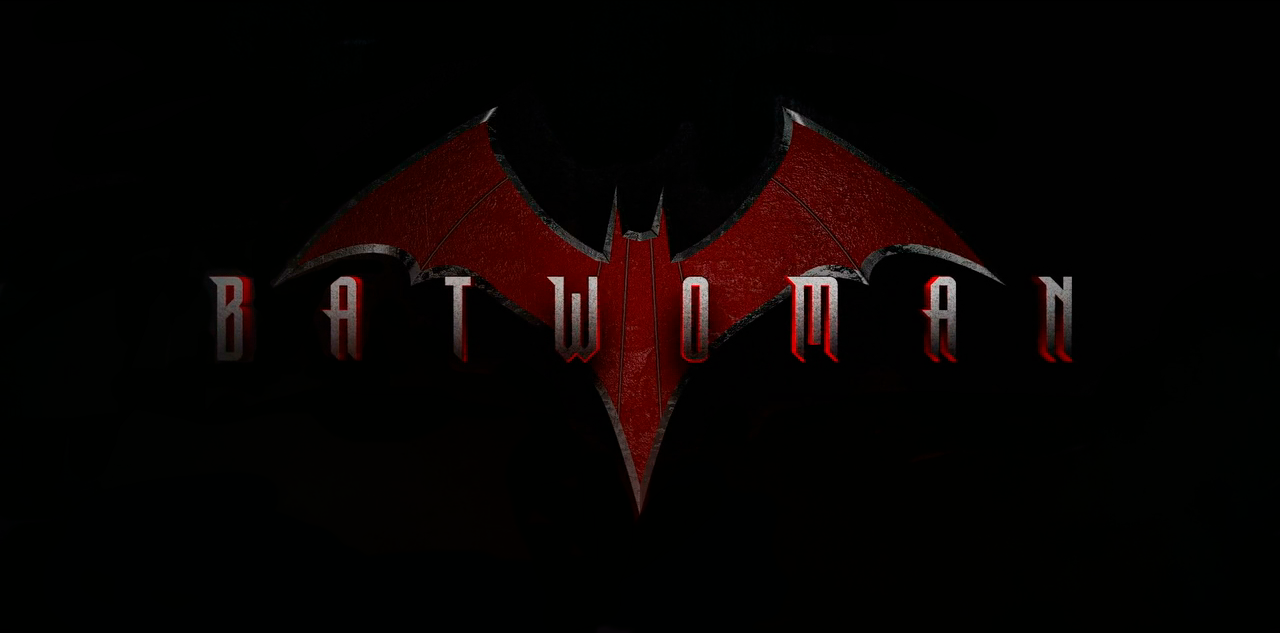 The CW announced today that Batwoman has been given a back-order of nine episodes to bring its total to 22 - a full season's worth. The good news comes three weeks into the superhero drama's run, w…
The CW announced today that Batwoman has been given a back-order of nine episodes to bring its total to 22 - a full season's worth. The good news comes three weeks into the superhero drama's run, w… -
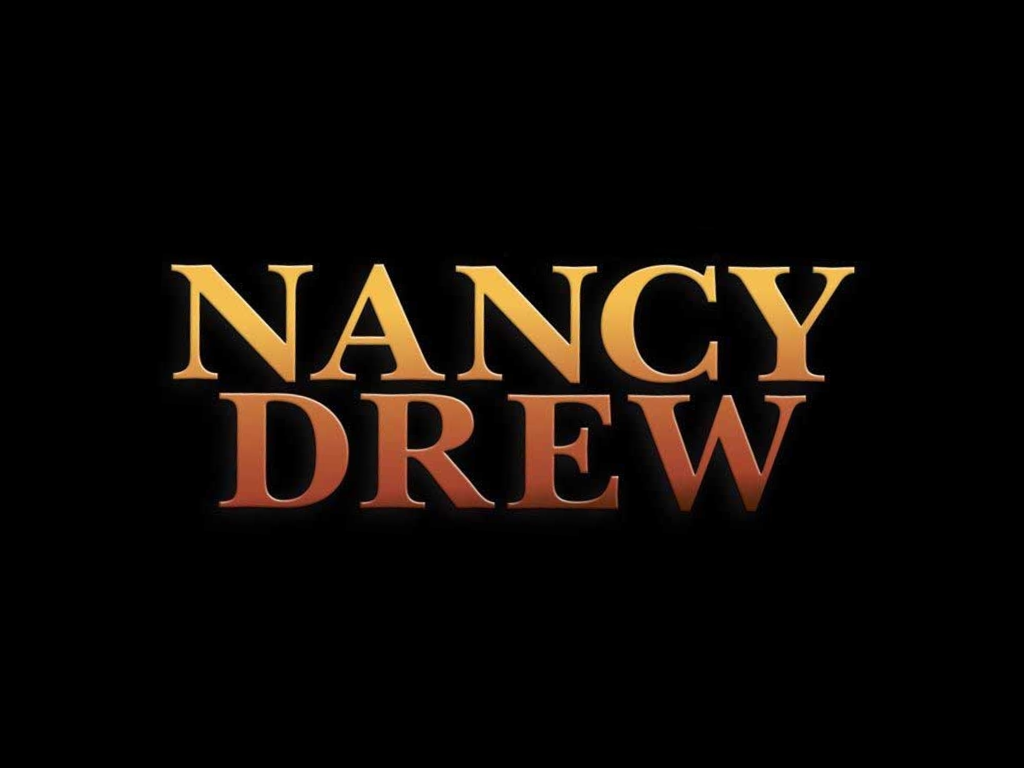 The CW has topped up the rookie run of Nancy Drew, adding an additional nine episodes to its original order of 13. That gives the mystery drama a total of 22 episodes for a full first season. T…
The CW has topped up the rookie run of Nancy Drew, adding an additional nine episodes to its original order of 13. That gives the mystery drama a total of 22 episodes for a full first season. T… -
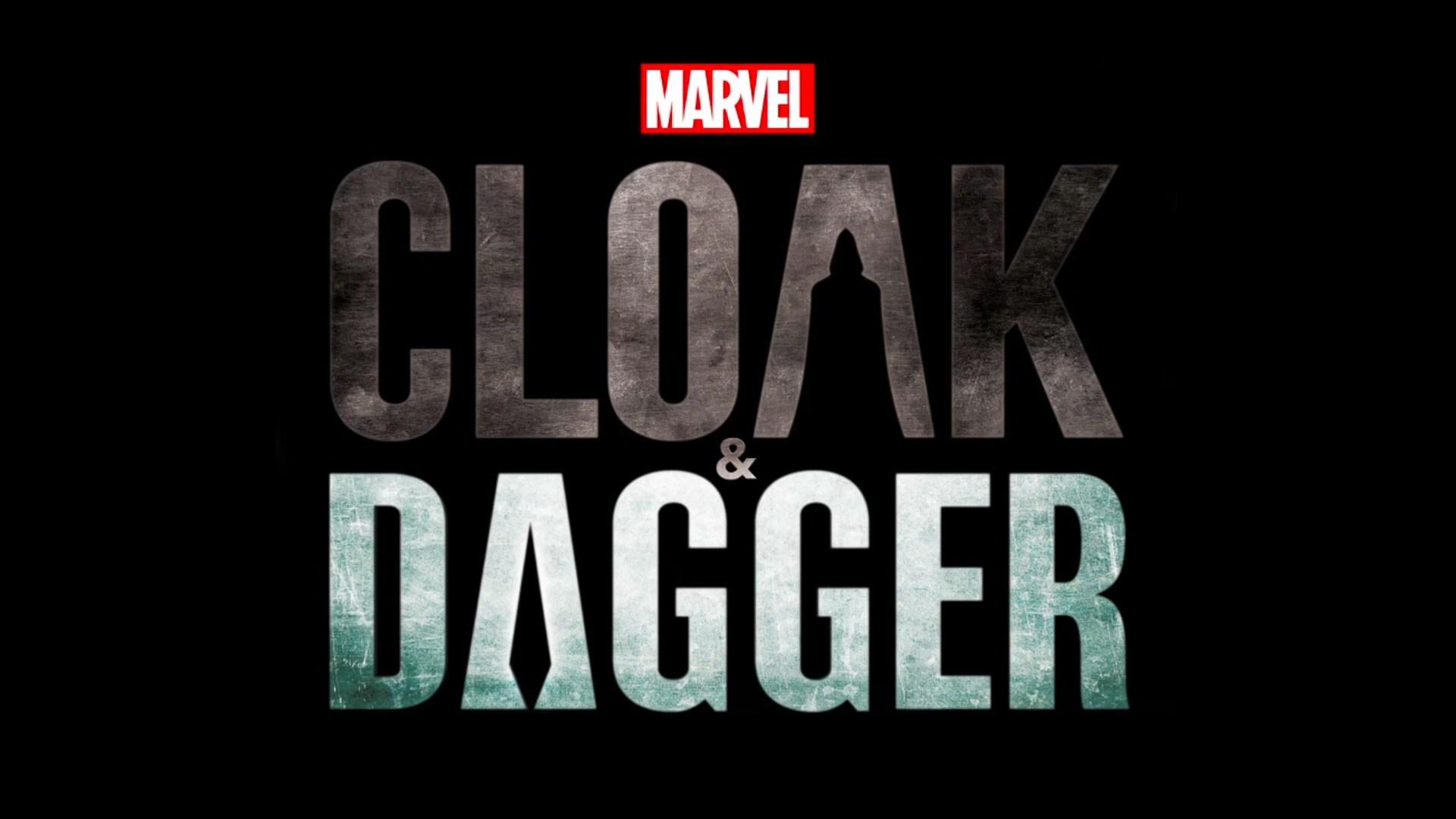 Word is out that Freeform will not be ordering a third season of Marvel's Cloak & Dagger, cancelling the show after two seasons. The sad news comes nearly five months after the comic-based drama ai…
Word is out that Freeform will not be ordering a third season of Marvel's Cloak & Dagger, cancelling the show after two seasons. The sad news comes nearly five months after the comic-based drama ai… -
 Two weeks after its sophomore finale, The Outpost has been picked up for a third season. The fantasy adventure drama continued its run this summer, garnering similar ratings to its first season. …
Two weeks after its sophomore finale, The Outpost has been picked up for a third season. The fantasy adventure drama continued its run this summer, garnering similar ratings to its first season. … -
 Fox announced today that Prodigal Son has been topped up with nine additional episodes, making it the first new show of the fall to earn a full-season pickup. The good news comes just two episodes …
Fox announced today that Prodigal Son has been topped up with nine additional episodes, making it the first new show of the fall to earn a full-season pickup. The good news comes just two episodes … -
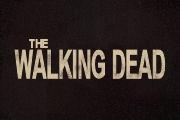 Today's New York Comic Con panel for The Walking Dead delivered some good, albeit obvious, news for the series in the form of a pickup for Season 11. Showrunner Angela Kang made the announcement, w…
Today's New York Comic Con panel for The Walking Dead delivered some good, albeit obvious, news for the series in the form of a pickup for Season 11. Showrunner Angela Kang made the announcement, w… -
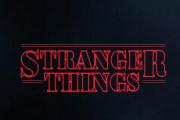 Netflix announced today that Stranger Things has been picked up for a fourth season. The good news, which is really no surprise given the series' continued popularity, comes just under three months…
Netflix announced today that Stranger Things has been picked up for a fourth season. The good news, which is really no surprise given the series' continued popularity, comes just under three months… -
 Showtime announced today that 'On Becoming a God in Central Florida' has been picked up for a second season. The good news comes midway through the black comedy's run, which has so-far received a m…
Showtime announced today that 'On Becoming a God in Central Florida' has been picked up for a second season. The good news comes midway through the black comedy's run, which has so-far received a m… -
 Comedy Central announced today that South Park has been picked up for Seasons 24, 25, and 26. The renewal is similar to the one it received in 2015, which was also a three-season order for a total …
Comedy Central announced today that South Park has been picked up for Seasons 24, 25, and 26. The renewal is similar to the one it received in 2015, which was also a three-season order for a total … -
 HBO announced today that Succession has been picked up for a third season. The good news comes two episodes into the drama's sophomore run, which has once again been garnering high critical acclaim…
HBO announced today that Succession has been picked up for a third season. The good news comes two episodes into the drama's sophomore run, which has once again been garnering high critical acclaim… -
 It is being reported that Krypton has been cancelled by Syfy after two seasons. The sad news comes just two days after the drama's sophomore finale, which now acts as its series ender. The Supe…
It is being reported that Krypton has been cancelled by Syfy after two seasons. The sad news comes just two days after the drama's sophomore finale, which now acts as its series ender. The Supe… -
 Word is out that The 100 will be coming to an end after its already-ordered seventh season. Creator Jason Rothenberg took to Twitter this morning to announce the news to his followers. The book…
Word is out that The 100 will be coming to an end after its already-ordered seventh season. Creator Jason Rothenberg took to Twitter this morning to announce the news to his followers. The book… -
 Amazon announced today that The Expanse has been picked up for a fifth season. The good news comes months ahead of Season 4, which has yet to debut at its new streaming home since the online giant …
Amazon announced today that The Expanse has been picked up for a fifth season. The good news comes months ahead of Season 4, which has yet to debut at its new streaming home since the online giant … -
 Hulu announced today that The Handmaid's Tale has been picked up for a fourth season. The good news was somewhat expected, as the book-based drama is still going strong in Season 3, maintaining its…
Hulu announced today that The Handmaid's Tale has been picked up for a fourth season. The good news was somewhat expected, as the book-based drama is still going strong in Season 3, maintaining its… -
 Word is out that Designated Survivor has been cancelled once again - this time by Netflix. The move comes the month following the political drama's third season release, which ends up as the only o…
Word is out that Designated Survivor has been cancelled once again - this time by Netflix. The move comes the month following the political drama's third season release, which ends up as the only o… -
 TV Land announced today that Younger has been picked up for a seventh season. The good news comes midway through Season 6 of the dramedy, ensuring that the cable network's sole original scripted se…
TV Land announced today that Younger has been picked up for a seventh season. The good news comes midway through Season 6 of the dramedy, ensuring that the cable network's sole original scripted se…
-
Sign in to follow this
Followers
0
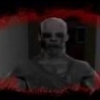
Serial Killer: Peter Sutcliffe
By
Midnight Man, in Celebrity News
